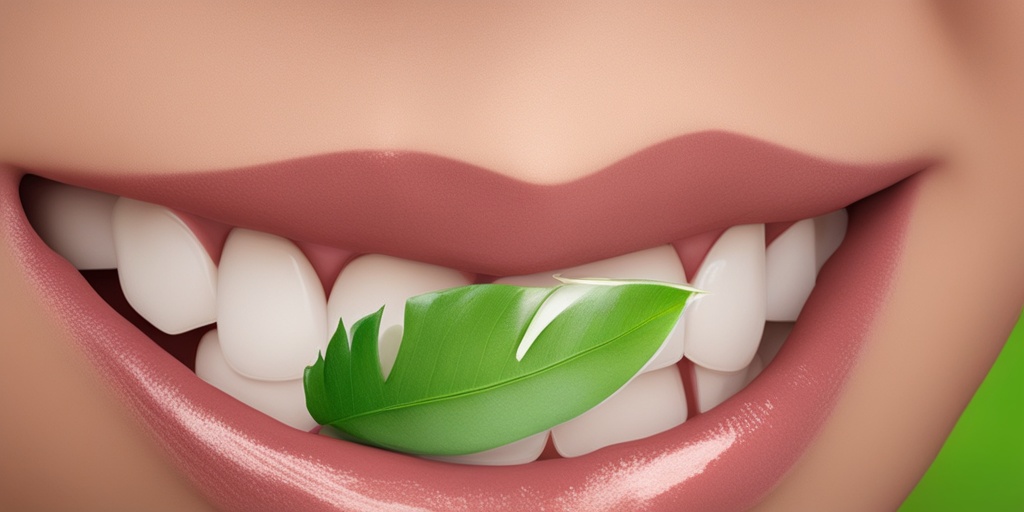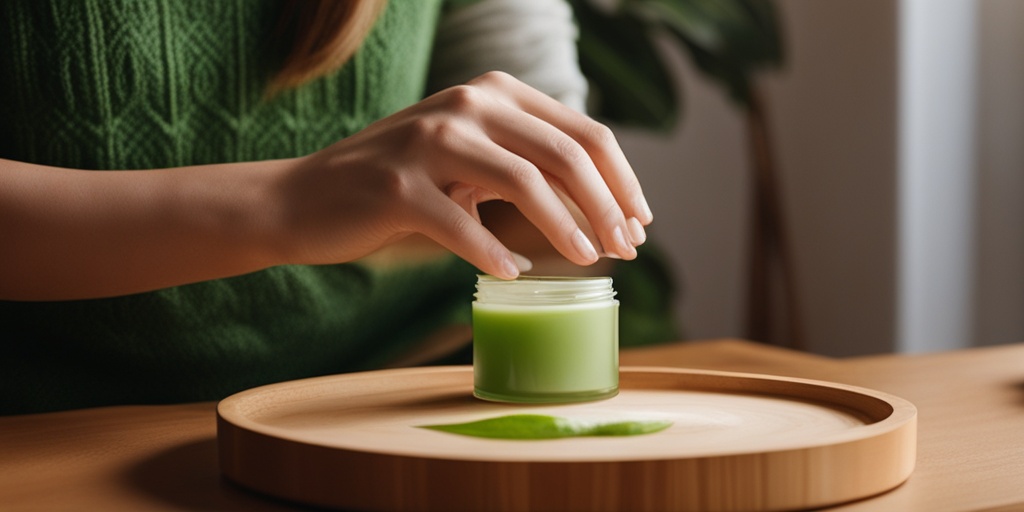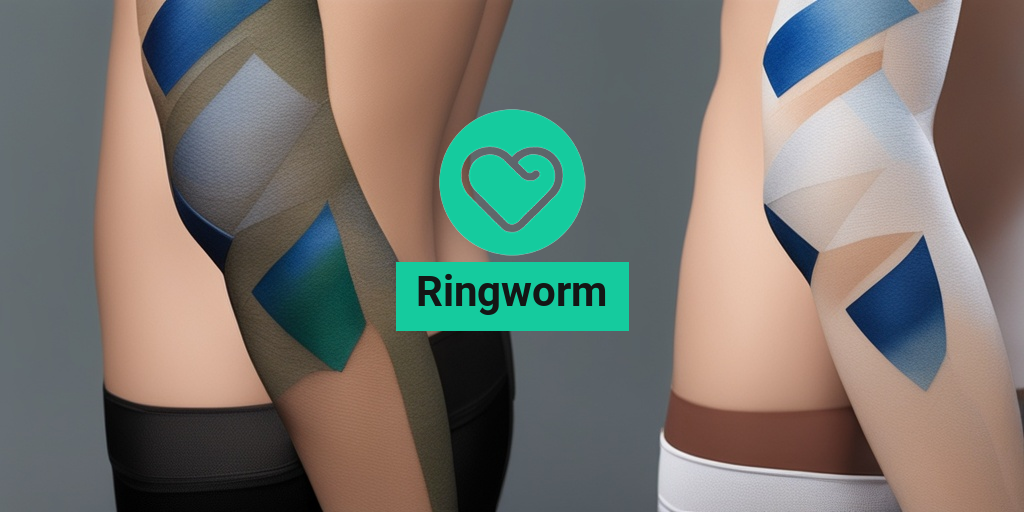What Is Ringworm?
Ringworm is a common fungal infection that affects the skin, hair, and nails of humans and animals alike. Despite its name, ringworm has nothing to do with actual worms, but rather it’s a contagious fungal infection caused by a group of fungi called dermatophytes. 🐜
The fungi that cause ringworm thrive in warm, moist environments, making it easy to spread from person to person, animal to animal, or even from contaminated objects to humans. Ringworm is highly contagious and can be spread through:
- Direct contact with an infected person or animal
- Touching contaminated objects, such as clothing, towels, or sports equipment
- Walking barefoot in areas where the fungus is present
Ringworm is more common in warm and humid climates, and people who participate in sports that involve skin-to-skin contact, such as wrestling, are more prone to getting infected. 🏋️♂️
Ringworm Symptoms
The symptoms of ringworm can vary depending on the location and severity of the infection. However, common symptoms include:
Ringworm Rash
The most distinctive symptom of ringworm is a circular, itchy, and scaly rash that often appears as a ring shape. The rash can be red, pink, or brown and may have raised borders. The affected area may also be inflamed, swollen, or blistered. 🤕
Other Symptoms
In addition to the characteristic rash, ringworm can cause:
- Itching, burning, or stinging sensations on the skin
- Redness, swelling, or inflammation around the affected area
- Crusting, oozing, or discharge from the rash
- Hair loss or brittle hair in the affected area
If you suspect you have ringworm, it’s essential to consult a healthcare professional for proper diagnosis and treatment. In the meantime, you can explore reliable online resources like Yesil Health AI for evidence-based health answers and guidance. 💻
Stay tuned for the next part of this series, where we’ll dive into the causes, treatment options, and prevention strategies for ringworm! 📚

Ringworm Causes and Risk Factors
Ringworm, also known as tinea corporis, is a common fungal infection that affects the skin. Despite its name, ringworm is not caused by a worm, but rather by a type of fungus called dermatophyte. So, what causes ringworm, and who is at risk of getting infected?
What Causes Ringworm?
Ringworm is caused by a fungal infection that thrives in warm, moist environments. The fungus feeds on keratin, a protein found in skin, hair, and nails. There are several ways to contract ringworm:
- Direct contact: Touching an infected person or animal can spread the fungus.
- Indirect contact: Coming into contact with contaminated objects, such as clothing, towels, or sports equipment, can also spread the infection.
- Soil contact: Walking barefoot in areas where the fungus is present can lead to infection.
Who Is at Risk of Getting Ringworm?
Certain individuals are more prone to getting ringworm due to their lifestyle, occupation, or health status. These include:
- Athletes: Wrestlers, football players, and other athletes who engage in close contact sports are at higher risk of getting ringworm.
- Animal handlers: People who work with animals, such as veterinarians, pet groomers, and farmers, are at risk of getting ringworm from infected animals.
- People with weakened immune systems: Individuals with compromised immune systems, such as those with HIV/AIDS or undergoing chemotherapy, are more susceptible to ringworm infections.
- People who share personal items: Sharing personal items, such as towels, clothing, or hair accessories, can spread the fungus.
How Is Ringworm Diagnosed?
Diagnosing ringworm typically involves a combination of physical examination, medical history, and laboratory tests. Here’s what you can expect during the diagnosis process:
Physical Examination
Your doctor will perform a physical examination to look for characteristic ringworm symptoms, such as:
- Ring-shaped rash: A circular, itchy rash with raised borders and a clear center.
- Scaly skin: Dry, flaky skin that may be accompanied by redness and inflammation.
Laboratory Tests
To confirm the diagnosis, your doctor may perform one or more of the following laboratory tests:
- KOH test: A potassium hydroxide (KOH) test involves scraping a skin sample and examining it under a microscope for fungal elements.
- Fungal culture: A fungal culture involves growing the fungus in a laboratory to identify the specific type of fungus causing the infection.
- Wood’s lamp examination: A Wood’s lamp is a special light that can help identify fungal infections by causing the infected area to fluoresce.
Early diagnosis and treatment are crucial in preventing the spread of ringworm and reducing the risk of complications. If you suspect you have ringworm, don’t hesitate to consult a healthcare professional for proper diagnosis and treatment. 🏥

Ringworm Treatment Options
When it comes to treating ringworm, there are several options available. The goal of treatment is to eliminate the fungal infection, reduce symptoms, and prevent the infection from spreading. Here are some common ringworm treatment options:
Topical Creams and Ointments
Topical creams and ointments are a popular treatment option for ringworm. These creams typically contain antifungal ingredients such as clotrimazole, miconazole, or terbinafine. They work by killing the fungal infection and reducing inflammation. Apply the cream or ointment to the affected area 2-3 times a day for 2-4 weeks or as directed by your doctor.
Oral Medications
In severe cases of ringworm, oral medications may be prescribed. These medications, such as fluconazole or itraconazole, work by targeting the fungal infection from the inside out. They are usually taken for 2-6 weeks or as directed by your doctor.
Laser Treatment
Laser treatment is a newer approach to treating ringworm. It involves using a laser to target the fungal infection and reduce inflammation. This treatment option is still being researched, but it shows promise in treating ringworm.
Home Remedies for Ringworm
While medical treatment is often necessary to fully eliminate ringworm, there are some home remedies that can help alleviate symptoms and support the healing process. Here are some home remedies you can try:
Tea Tree Oil
Tea tree oil has antifungal and antibacterial properties that can help combat ringworm. Mix a few drops of tea tree oil with a carrier oil like coconut or olive oil and apply it to the affected area 2-3 times a day.
Turmeric
Turmeric contains curcumin, a natural antifungal and anti-inflammatory compound. Apply turmeric powder mixed with water to the affected area 2-3 times a day.
Coconut Oil
Coconut oil has antifungal properties that can help combat ringworm. Apply coconut oil to the affected area 2-3 times a day.
Apple Cider Vinegar
Apple cider vinegar has antifungal and antibacterial properties that can help alleviate ringworm symptoms. Add apple cider vinegar to a bath and soak for 15-20 minutes, 2-3 times a week.
Remember, while home remedies can be helpful, they should not replace medical treatment. It’s essential to consult with a doctor to determine the best course of treatment for your ringworm infection. ⚕️

Ringworm Prevention and Hygiene
Ringworm, a fungal infection, can be a real nuisance, causing discomfort, itchiness, and unsightly rashes. The good news is that with proper prevention and hygiene measures, you can significantly reduce the risk of getting infected. In this section, we’ll explore the essential tips to keep ringworm at bay.
Personal Hygiene
Good personal hygiene is the first line of defense against ringworm. Here are some simple yet effective habits to adopt:
- Wash your hands frequently, especially after touching animals or contaminated surfaces.
- Shower or bathe regularly, paying special attention to areas prone to sweating.
- Wear loose, breathable clothing to reduce moisture buildup.
- Avoid sharing personal items, such as towels, clothing, or hair accessories.
Environmental Hygiene
A clean environment is crucial in preventing the spread of ringworm. Make sure to:
- Regularly clean and disinfect surfaces, especially in areas where pets frequent.
- Vacuum and mop floors regularly to remove fungal spores.
- Wash bedding, towels, and clothing in hot water (at least 120°F) to kill fungal spores.
Avoiding Contagion
Ringworm is highly contagious, so it’s essential to take precautions when interacting with infected individuals or animals:
- Avoid touching or petting animals with ringworm.
- Wear gloves when handling contaminated items or surfaces.
- Immediately wash your hands after contact with an infected individual or animal.
Ringworm in Pets and Humans
Ringworm affects not only humans but also our furry friends. Understanding the connection between ringworm in pets and humans is crucial for effective prevention and treatment.
Ringworm in Pets
Ringworm is a common fungal infection in pets, particularly in dogs and cats. If you suspect your pet has ringworm:
- Consult a veterinarian for proper diagnosis and treatment.
- Isolate infected pets to prevent the spread of the infection.
- Wash your hands thoroughly after handling infected pets.
Transmission from Pets to Humans
Ringworm can easily spread from pets to humans through:
- Direct contact with infected pets.
- Touching contaminated surfaces or objects.
- Sharing personal items with infected pets.
By understanding the risks and taking proactive measures, you can protect yourself and your pets from the discomfort and distress of ringworm. Remember, prevention is key! 🧖♀️🐾

Frequently Asked Questions about Ringworm
What is Ringworm?
Ringworm is a common fungal infection that affects the skin, hair, and nails. It is caused by a type of fungus called dermatophyte. Despite its name, ringworm is not caused by a worm, but rather by a fungal infection.
What are the Symptoms of Ringworm?
The symptoms of ringworm may vary depending on the location and severity of the infection. Common symptoms include:
- Red, itchy, and scaly patches on the skin
- Ring-shaped lesions with clear centers and raised borders
- Bald patches on the scalp or beard area
- Cracked or brittle nails
How is Ringworm Transmitted?
Ringworm can be transmitted through:
- Direct contact with an infected person or animal
- Indirect contact with contaminated objects or surfaces
- Touching or handling infected soil or plants
How is Ringworm Treated?
Ringworm can be treated with:
- Topical antifungal creams, ointments, or powders
- Oral antifungal medications
- Shampoos or conditioners containing antifungal ingredients
Can Ringworm be Prevented?
Yes, ringworm can be prevented by:
- Practicing good hygiene, such as washing hands regularly
- Avoiding close contact with infected individuals or animals
- Wearing protective clothing and gloves when handling soil or plants
- Keeping pets clean and well-groomed
Can Ringworm Affect Pets?
Yes, ringworm can affect pets, especially dogs and cats. If you suspect your pet has ringworm, consult with a veterinarian for proper diagnosis and treatment.
How Long Does it Take to Recover from Ringworm?
The recovery time for ringworm varies depending on the severity of the infection and the effectiveness of treatment. With proper treatment, most people can recover from ringworm within 2-4 weeks.
Can Ringworm Cause Complications?
If left untreated, ringworm can lead to complications such as:
- Bacterial infections
- Scarring
- Permanent hair loss
- Nail damage
Is Ringworm Contagious?
Yes, ringworm is contagious and can be spread through direct or indirect contact with an infected person or animal.
Can Ringworm be Cured?
Yes, ringworm can be cured with proper treatment and good hygiene practices. However, it’s essential to complete the full treatment course to prevent recurrence.
Can I Shower with Ringworm?
Yes, you can shower with ringworm, but it’s essential to take precautions to avoid spreading the infection. Wash your body with soap and water, and avoid sharing towels or personal care items.
What are the Common Places where Ringworm Appears?
Ringworm can appear on various parts of the body, including:
- Face
- Scalp
- Beard area
- Arms and legs
- Trunk
Can I Use Ringworm Cream on my Face?
Yes, you can use ringworm cream on your face, but it’s essential to follow the instructions carefully and avoid applying the cream to sensitive areas, such as the eyes or mouth.
How Long Should I Apply Fungal Cream for Ringworm?
The duration of applying fungal cream for ringworm varies depending on the severity of the infection and the type of cream used. Typically, it’s recommended to apply the cream for 2-4 weeks.
Remember to consult a healthcare professional for proper diagnosis and treatment if you suspect you have ringworm. 🏥




